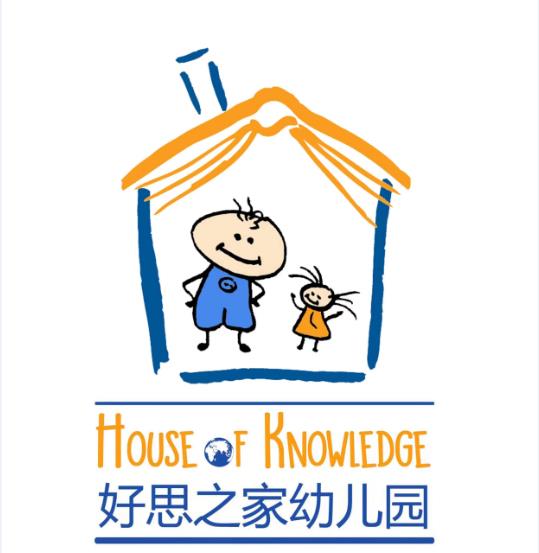Nowadays, it is widely acknowledged that learning in a joyful environment as well as going into the real-world practice is crucial to support children regarding what has been learned in their class and to help them establish a broad base of knowledge through their entire developmental path.
At House of Knowledge, our pedagogical concept is based on the Reggio Emilia learning philosophy, and our inquiry-based and theme-related Project-based learning is one of the most mainstream and key methodologies that we apply in daily teaching approaches.
Today, we would like to invite you to explore with us how a project-based learning looks like in our Reggio World at House of Knowledge!

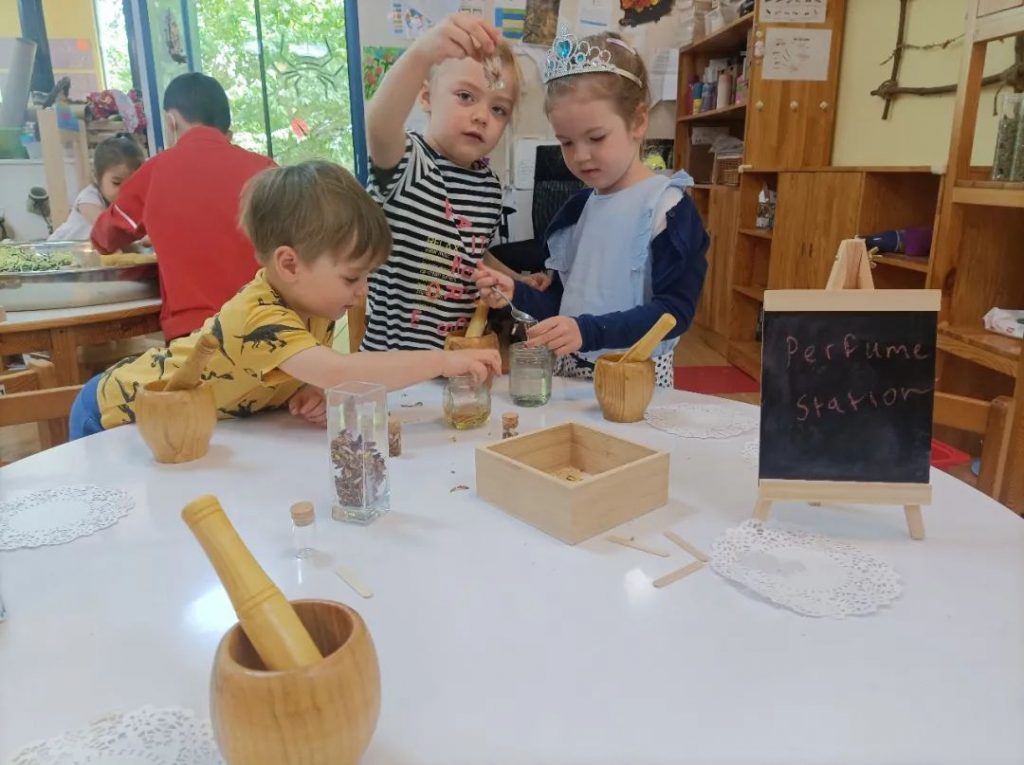
• A Well-Designed Reggio Inspired Environment
In Reggio, one of the three teachers for children is the Environment. In a well-designed classroom setting, our students conduct lots of interesting and age-appropriate learning activities which benefit children’s overall development and language learning when accumulating a wide range of physical, emotional, social, and communication skills.Take our recent project-based learning at English Pre-K class for example. Insects.
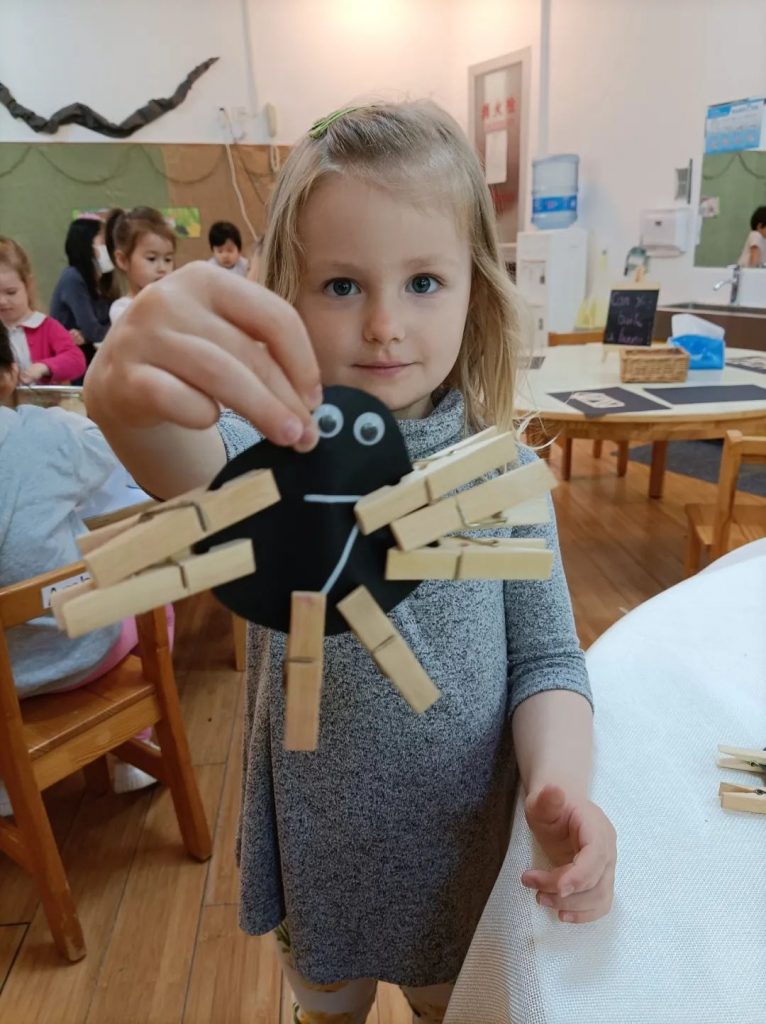
How to learn about insects? Through following students’ interest and their questions towards the theme, our classroom has been divided into several learning rotation stations for students to dig into- one table enabled students to learn about the life cycle; one table did documentaries about the secret life of insects; one table did decorations which practiced gross and fine motor skills.
Through the process, multi-dimensional knowledge has been combined comprehensively in one project such as art, science, math, biology, music, and geography. The classroom has been designed to gain students interest and to make learning visible.

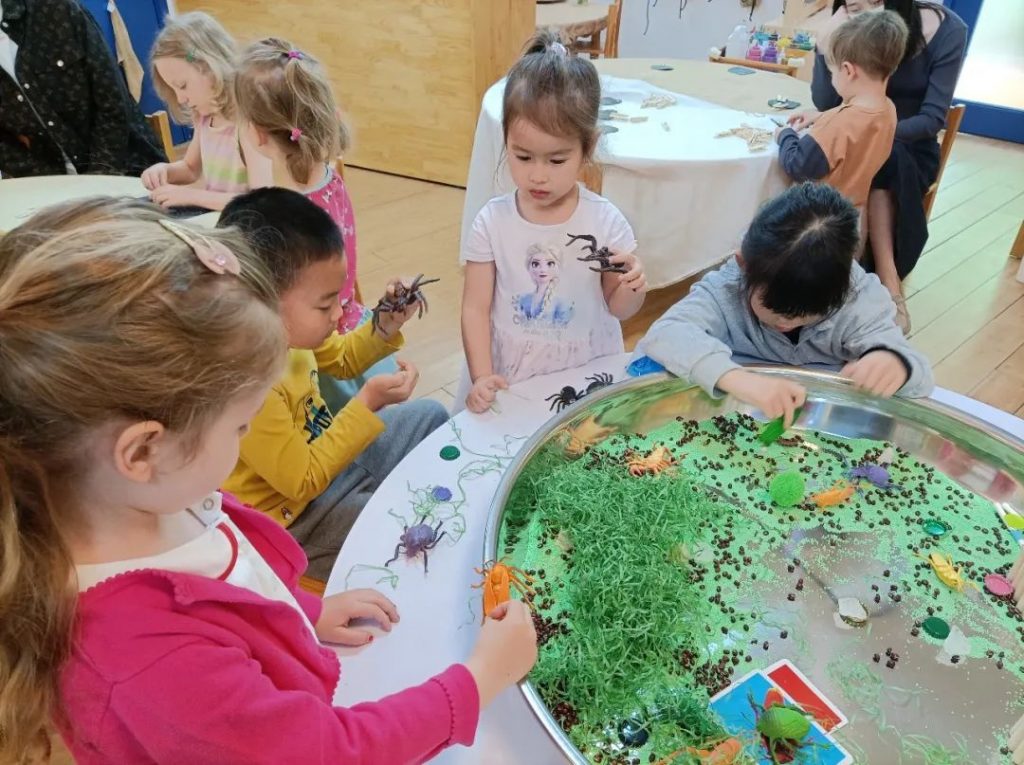


 • Project Learning That Goes Into Real World Practice
• Project Learning That Goes Into Real World Practice
Another example would be our ‘Light and Shadow’ project.
How to guide students to gain knowledge about lights and shadows under a Reggio Emilia setting?
Here at House of Knowledge, based upon students’ existing knowledge and their curiosities towards the questions, we have created and set up a wonderland for the children to explore and experience.
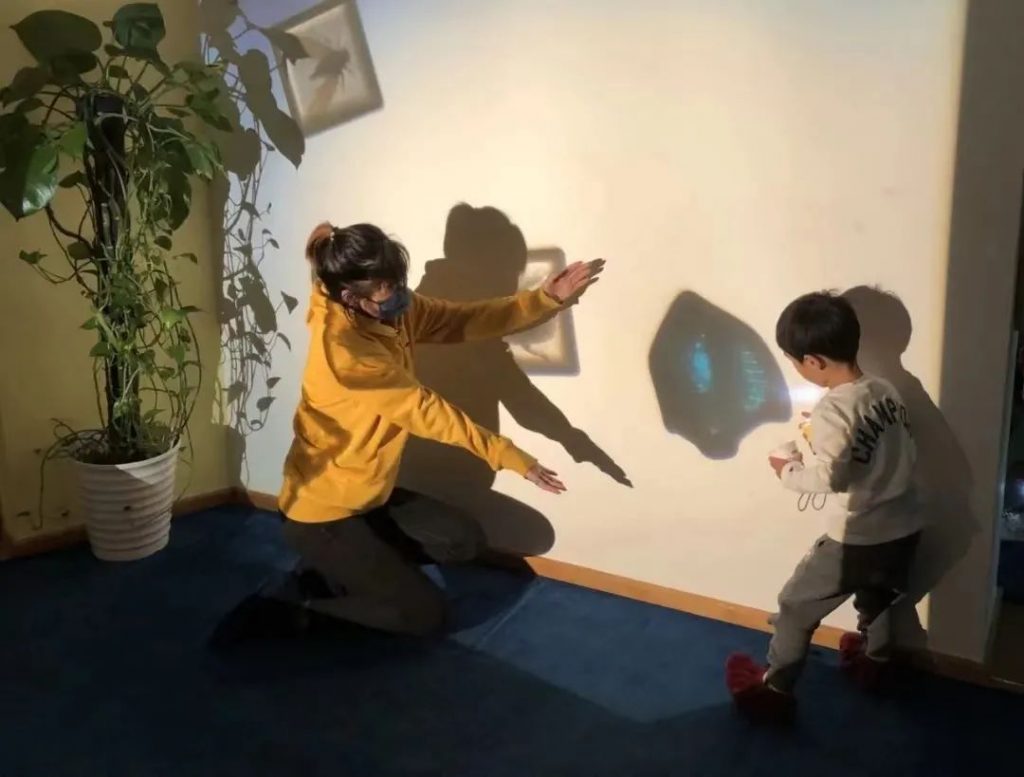

In the project, the children explored with the projector to make all kinds of colorful items bigger and smaller; they tried to catch, to follow, and to combine the colors with one another.
The “puppet play”, “story-telling”, “show and tell”, “hands-on lantern activity”, and “circle time” have all helped the children to get to learn about light and shadow from a variety of learning angles. 

 • Project Learning That Links Closely To Core Values
An important 21st century value is having an understanding and appreciation of multiculturalism. At House of Knowledge, we are deliberate and thoughtful in sharing these values with our students.
With diverse backgrounds from different countries and cultures, students gather at House of Knowledge to learn to “Communicate”, to learn about “Empathy”, to actively “Communicate”, to practice “Design Thinking”, to ignite their “Entrepreneurship”, which are all parts of the Core Values at House of Knowledge.
• Project Learning That Links Closely To Core Values
An important 21st century value is having an understanding and appreciation of multiculturalism. At House of Knowledge, we are deliberate and thoughtful in sharing these values with our students.
With diverse backgrounds from different countries and cultures, students gather at House of Knowledge to learn to “Communicate”, to learn about “Empathy”, to actively “Communicate”, to practice “Design Thinking”, to ignite their “Entrepreneurship”, which are all parts of the Core Values at House of Knowledge.

Since the school was established 15 years ago, the ten Core Values have been incorporated closely into students daily project learning throughout their entire Kindergarten life.
Our KG class had a Toymaking project recently.
Inspired by turning old toys into new ones via using recycled materials such as recycling old clothing into toys or old socks into rabbit dolls, the students were inspired to design and make their own “new” toys excitedly in an environmentally-friendly way.


During the project, one student raised the question: do those children in remote areas have enough toys and how can we make a difference to help those children who are less fortunate?
Following this direction, the class initiated discussions about what they can do to help, and they have decided to work on raising money for a charity called MCF (Migrant Children’s Foundation).
Some students made stuffed hearts which are hand sewn and they opened up a “MCF Art Exhibit” to sell their hand-made items. Some students came up with the idea that during Covid-19 situation, it’s imperative that foundations like MCF to stock nonperishable food.
Hence, the class collaborated together and called for the HoK community’s action to donate nonperishable food and collect brand new toys for MCF children, so as to bring some happiness and joy into their lives.

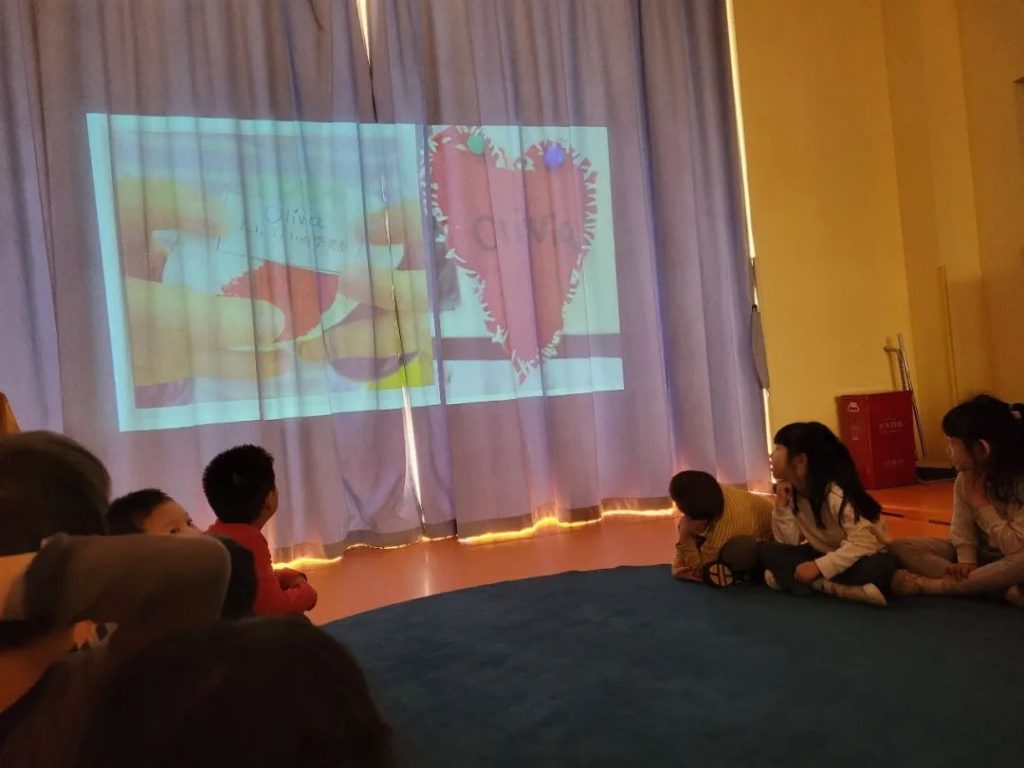
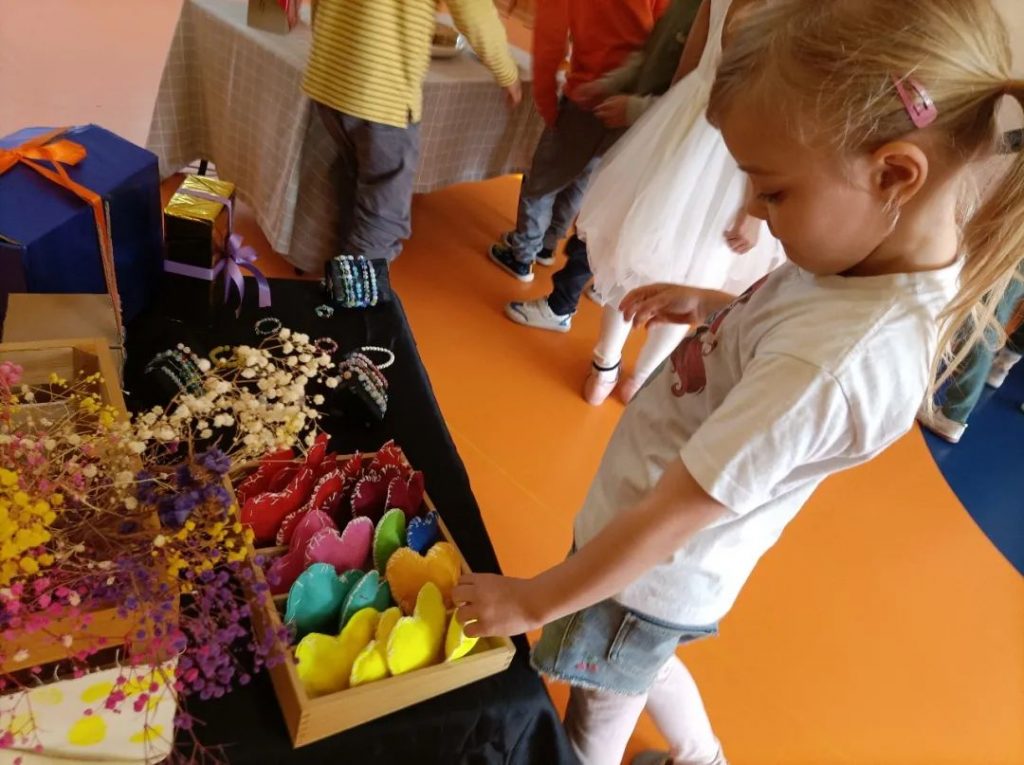

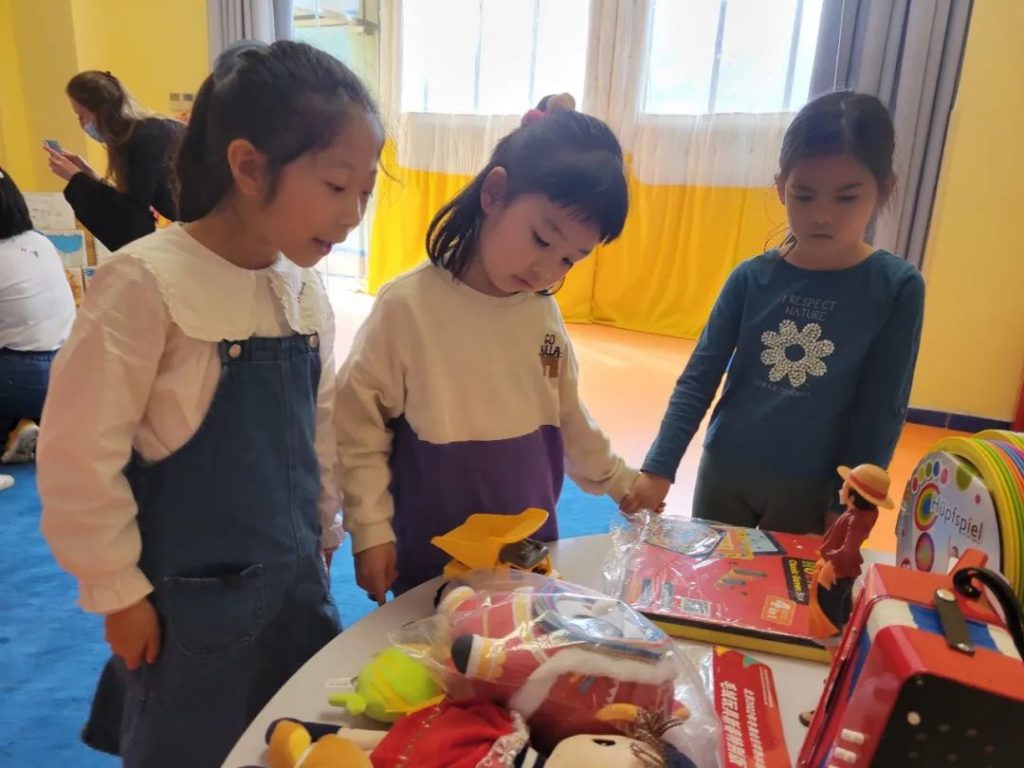
A toymaking project goes far beyond the project itself. We are so proud of our students for coming up with all these ideas and showing a high level of compassion and empathy for others!
As you can see, at House of Knowledge, Project-based learning never ends with the unit project itself; it goes way far beyond: being empathetic, being kind, and much more.
Through the everyday kindergarten life on campus, our students not only are able to learn knowledge, gain skills, establish core values and personalities, while having lots of fun in daily learning; but also more importantly, our students are able to develop greater understanding of cultural diversity when cooperating and learning with each other via their Project-based learning path.



Summary
To summarize this article, we hope you find it beneficial to get to learn more about our Project-based learning.
In this blooming spring season, let us keep embracing this colorful Reggio Emilia inspired world at House of Knowledge and we look forward to sharing with you more projects soon!




 • Project Learning That Goes Into Real World Practice
• Project Learning That Goes Into Real World Practice 


